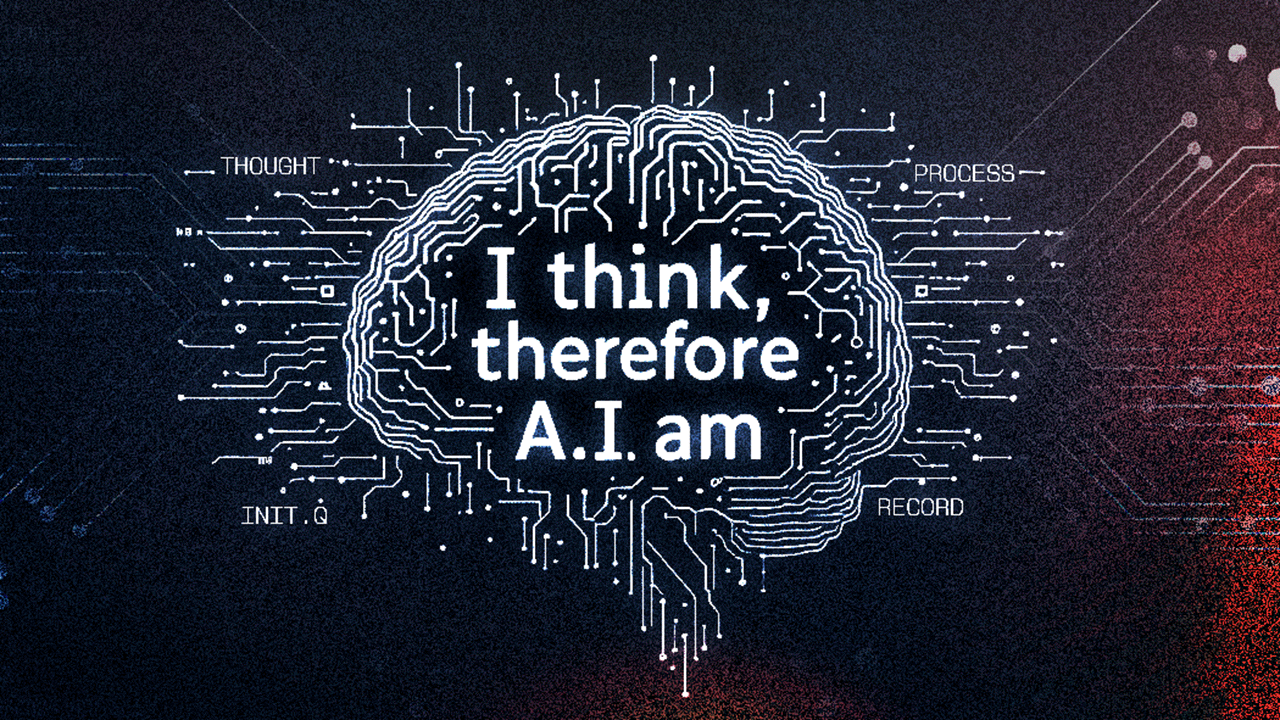Researchers develop AI model that translates brain signals into text, paving the way for thought-to-text communication. (GV Wire Composite/David Rodriguez)

- Brain2Qwerty, a new AI model, decodes brain activity into written sentences without invasive implants.
- The technology achieves a 19% character-error-rate using MEG, showing promise for non-invasive brain-computer interfaces.
- While still in early stages, this tech could revolutionize communication for patients with paralysis or locked-in syndrome.
Share
|
Getting your Trinity Audio player ready...
|
Imagine a world where your brain activity could be translated into text without lifting a finger.
Sounds like the plot of a Black Mirror episode, right? Well, researchers at Meta AI and a network of international institutions might just be turning that idea into reality.
Cracking the Brain’s Code to Enable Thought-to-Text Typing
In a recent study, they introduced Brain2Qwerty, a deep-learning model that decodes brain activity into written sentences—all without invasive brain implants.
For decades, brain-computer interfaces (BCIs) have been a hot topic in neuroscience and tech, especially for people who have lost the ability to speak or move. But most high-performance BCIs rely on invasive brain implants, which come with risks like infections and surgical complications. That’s where Brain2Qwerty comes in: a non-invasive approach that uses either electroencephalography (EEG) or magnetoencephalography (MEG) to record brain activity while people type sentences on a keyboard.
Here’s how it works:
- Volunteers were shown short sentences, memorized them, and then typed them on a keyboard while their brain activity was recorded.
- The Brain2Qwerty model, powered by a mix of convolutional neural networks and transformers, analyzed these brain signals to predict what was being typed.
- The results? MEG-based predictions achieved a character-error-rate (CER) of 19% for the best participants—meaning that on average, 19% of characters in each sentence needed to be corrected to match the intended text. While this still leaves room for improvement, it represents a significant advance for non-invasive brain-computer interfaces.
The Promise (and Challenges) of Thought-to-Text Tech
While the idea of “mind reading” technology is thrilling, it’s far from perfect. Right now, Brain2Qwerty works only when people are actually typing, meaning it’s more about decoding motor processes than reading silent thoughts. It also requires MEG machines—bulky, expensive equipment typically found in neuroscience labs.
But the implications are huge. If this technology evolves, future versions could help patients with paralysis or locked-in syndrome communicate just by thinking about typing. And with the rise of more portable MEG systems, non-invasive BCIs might actually become practical.
From Sci-Fi to Reality
For now, Brain2Qwerty is a proof of concept—a glimpse into a future where brain signals could power seamless communication. It’s not telepathy, but it’s a major leap toward making brain-to-text a real, accessible technology.
So, are we on the verge of texting with our thoughts? Not quite yet. But give it a few years, and who knows—your next tweet might come straight from your brain.
Read the full research paper at Meta
RELATED TOPICS:
Categories



















